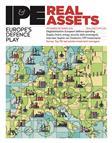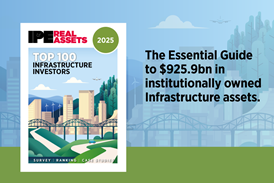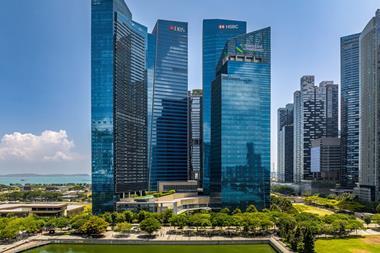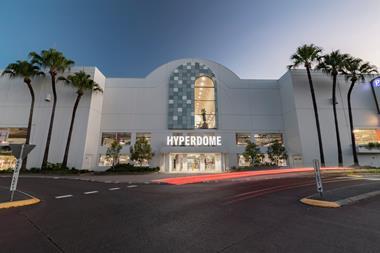US retail has been an area of gloom for many years, but Nuveen Real Estate’s latest research highlights one key exception that is causing a revival of interest in the sector globally, but most especially in the States – ‘necessity retail’.
According to the report, US necessity retail — especially grocery-anchored and open-air centres — has shown exceptional strength in recent years. “Property fundamentals are healthy, particularly across open-air and necessity retail segments with vacancy rates below their long-term average across most markets.”
Occupancy rates at grocery-anchored centres have consistently outperformed non-anchored peers, driven by robust demand and minimal new supply coming to market. From 2020-2024, new supply has been limited to just 0.2% of inventory, with projections for further declines ahead.

The analysis emphasises three essential characteristics for successful investment in the sector: the ability to attract and retain best-in-class tenants; sustainable foot traffic derived from market dominance within local trade areas; and strategic locations aligned with favourable demographic trends.
What are those trends? According to Nuveen, a post-pandemic shift in consumer behaviour, driven by suburbanisation, increased value-seeking due to inflation and the expansion of hybrid work. Taken together, these have reinforced demand for local neighbourhood centres serving essential needs.
The strong market performance has attracted growing institutional capital. Nuveen’s US Cities Retail Fund recently secured $320m (€272m) to expand its portfolio, targeting highly liquid markets and essential retail tenants. Nuveen states: “As consumers continue to require essential goods and services, trade down, seek convenience and stay local due to hybrid work, we remain focused on retail formats which will benefit.”
Looking ahead, Nuveen maintains a positive view on necessity retail: “This conviction is grounded in sustained consumer demand for essential goods and services, limited new supply pipeline, growing retailer expansion plans in suburban markets and attractive risk-adjusted return potential.”
To read the latest IPE Real Assets magazine click here.


















